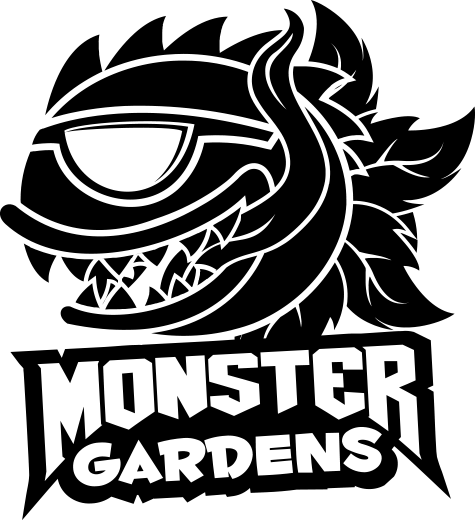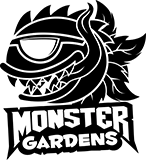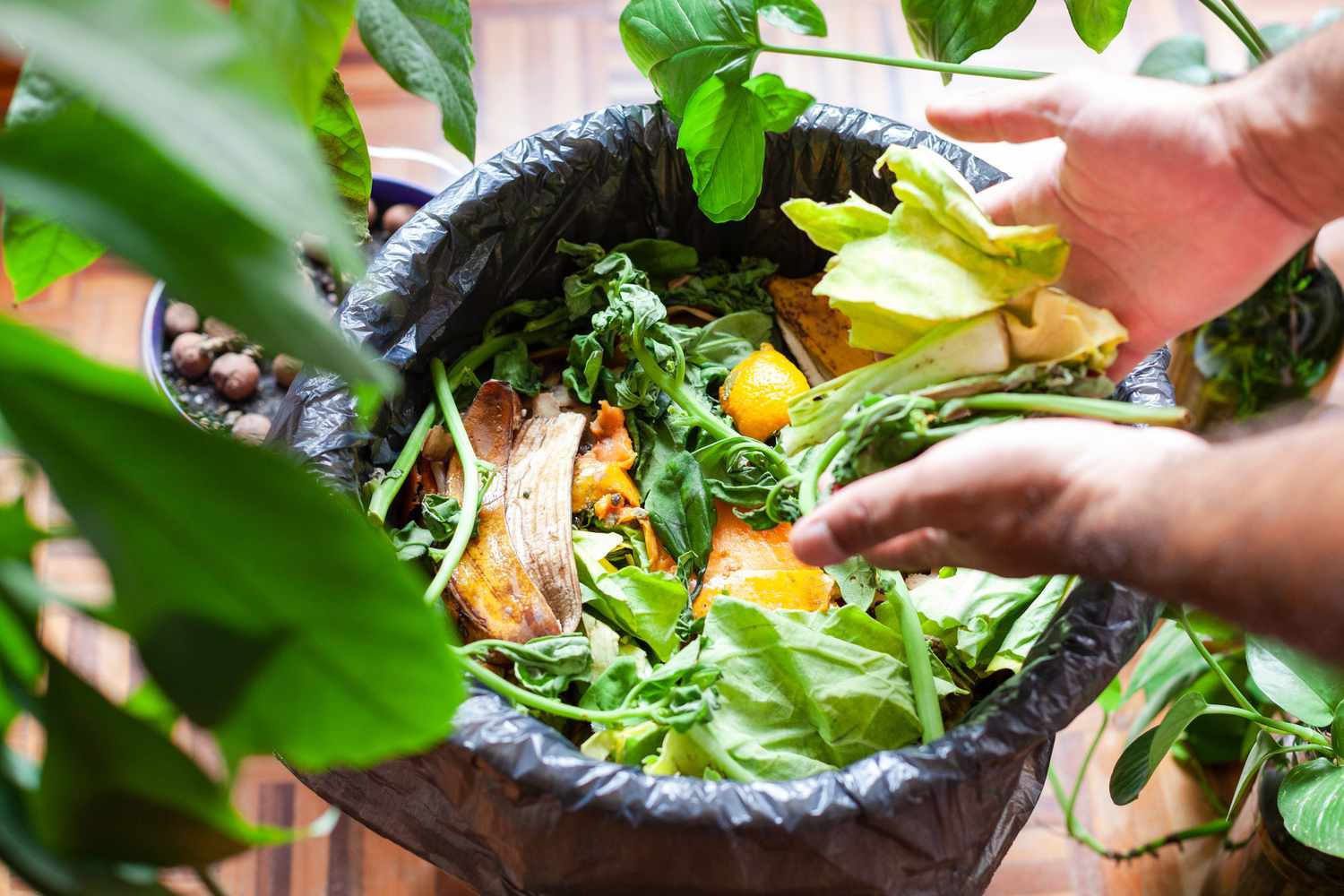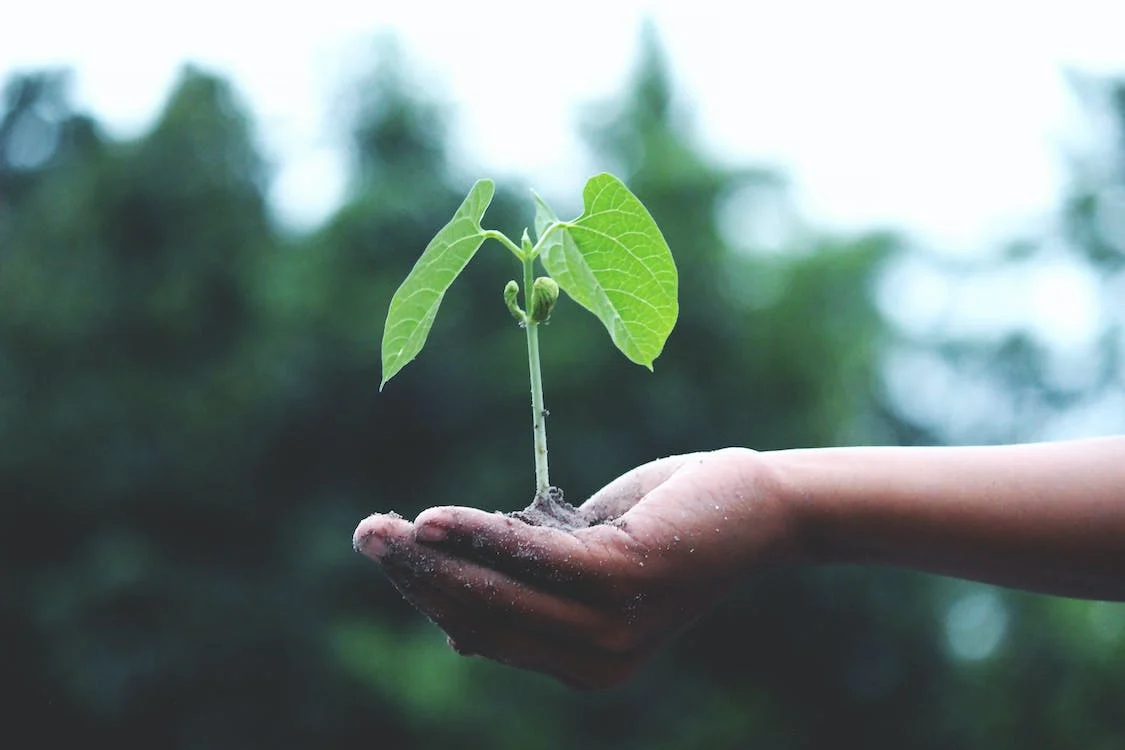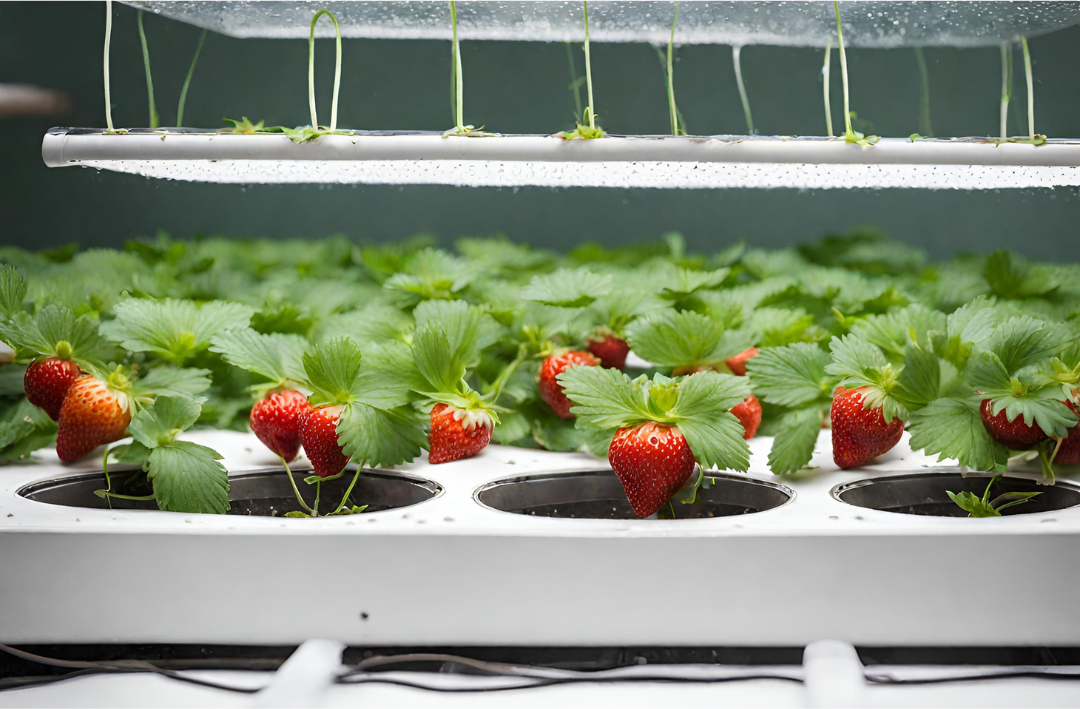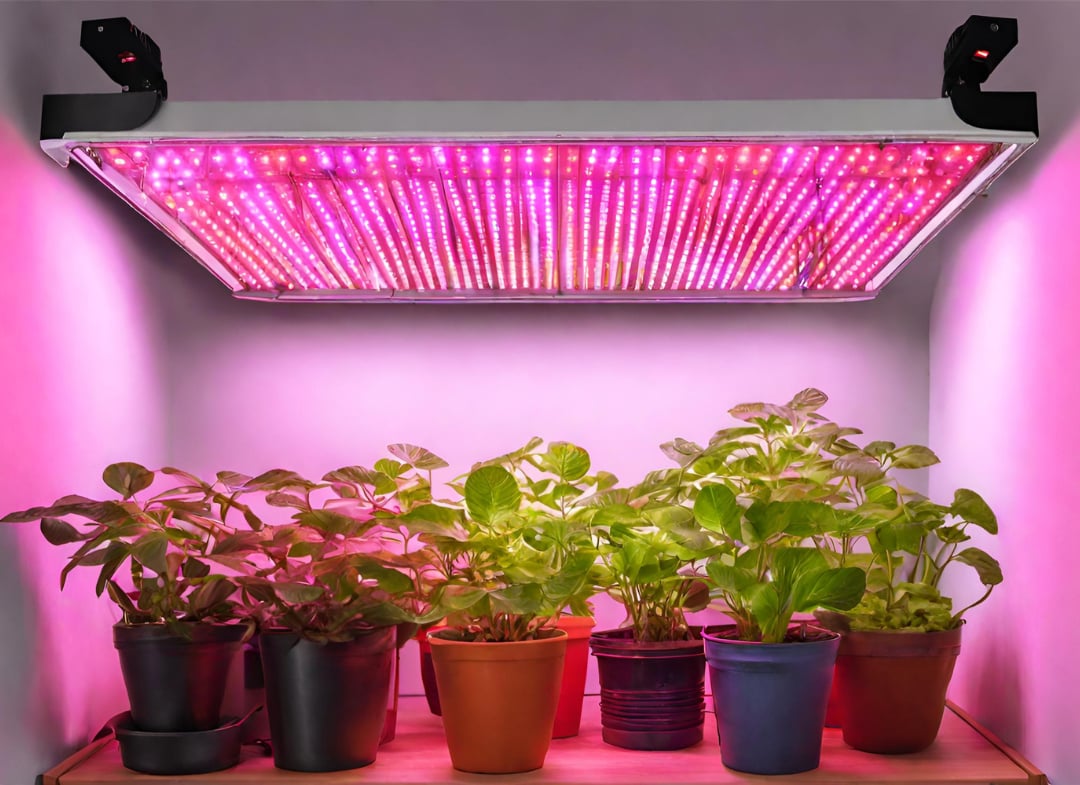
Should You Be Using Hydroponic Cultivation?
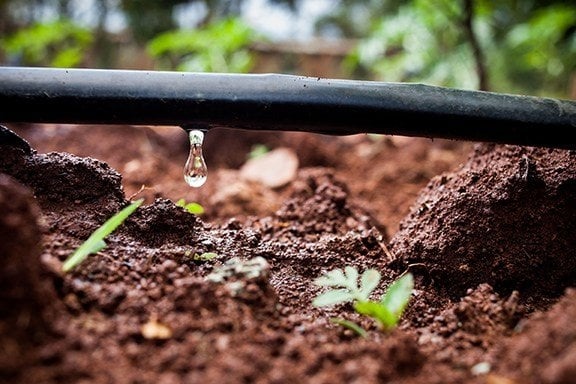
For commercial growers, hydroponic cultivation is a way to provide plants with a nutrient-rich base, but without using traditional soil. Hydroponics enables the roots of a plant to get plenty of oxygen while directly intaking the necessary nutrient solutions. Instead of soil, materials like peat moss, perlite, and clay pellets, among others, help support the root system.
How Does It Work?
For optimal cannabis growth, a plant needs only a handful of key elements: water, oxygen, radiation, C02, and nutrients. Soil isn’t actually needed, as it is only one method of getting nutrients while supporting the roots at the same time. In hydroponics, the plant gets both nutrients and oxygen from water, rather than soil. This gives the grower a greater level of control over pH levels and the nutrient solutions that their plant is getting.
Why Use Hydroponic Cultivation?
By streamlining the growing process with a hydroponic system, in which the grower has vastly more control, you could be increasing the growth rate of your plants by 20-25%, allowing them to reach maturity faster, which means that you can plant more plants in a shorter period of time. Additionally, the plants that you are growing will be larger and more fruitful for your operation, due to the fact that it is easier to intake nutrients. A visual sign of this is that the root systems of plants will be smaller in a hydroponic system.
There are environmental upsides to using hydroponic cultivation, as well. Since you have eliminated or reduced the soil used in your operation, you effectively eliminate the negative impact that soil runoff has. The water usage in a hydroponic system is reduced as well because you do not need to continuously water the soil to get moisture to the plants.
What Are the Downsides?
Although hydroponics can increase revenue by accelerating the plant’s growth rate and production, there is a notable upfront cost to set up a hydroponic system that is considerably higher than a soil-based counterpart. This creates a barrier of entry that is usually only crossed by medium-to-large scale cultivators.
Additionally, running a hydroponics system requires highly skilled labor from very experienced growers. The higher level of control that is enabled by hydroponics also means that there is more room for failure, such as when it comes to optimal pH and nutrient levels. A grower really needs to know what they are looking for and what the dangers of hydroponics are. For example, something as unexpected as a pump failure could kill your plants within hours if you don’t know how to recognize the issue and how to solve it.
In some growers' eyes, this makes hydroponics a high-risk, high-reward way to run an operation. However, the right way to view hydroponics is as a highly rewarding way to maximize your operation with the right experienced staff.
Methods of Implementation
There are many types of hydroponic systems that accomplish a soilless growing process. Each of these types of systems varies in price, efficiency, and scalability.
Drip System
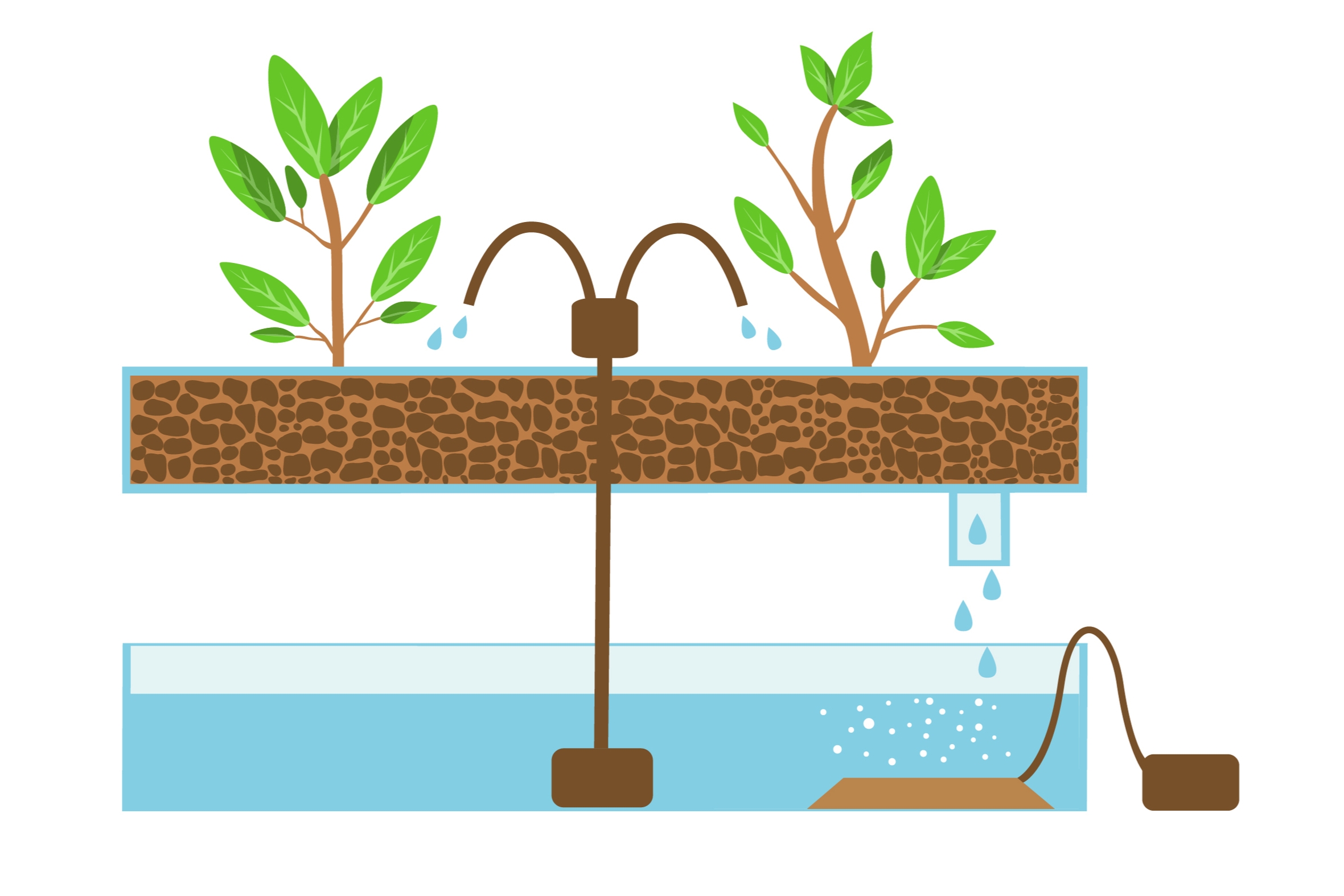
In this method, a water pump takes a nutrient/water mixture from the main reservoir up into an overflow drain, over which the plants are suspended. The roots of the plants extend into the overflow drain, ensuring nutrient exposure. A timer is set to control when the plants are “fed” on a strict schedule. Get started with this drip system.
Nutrient Film Technique
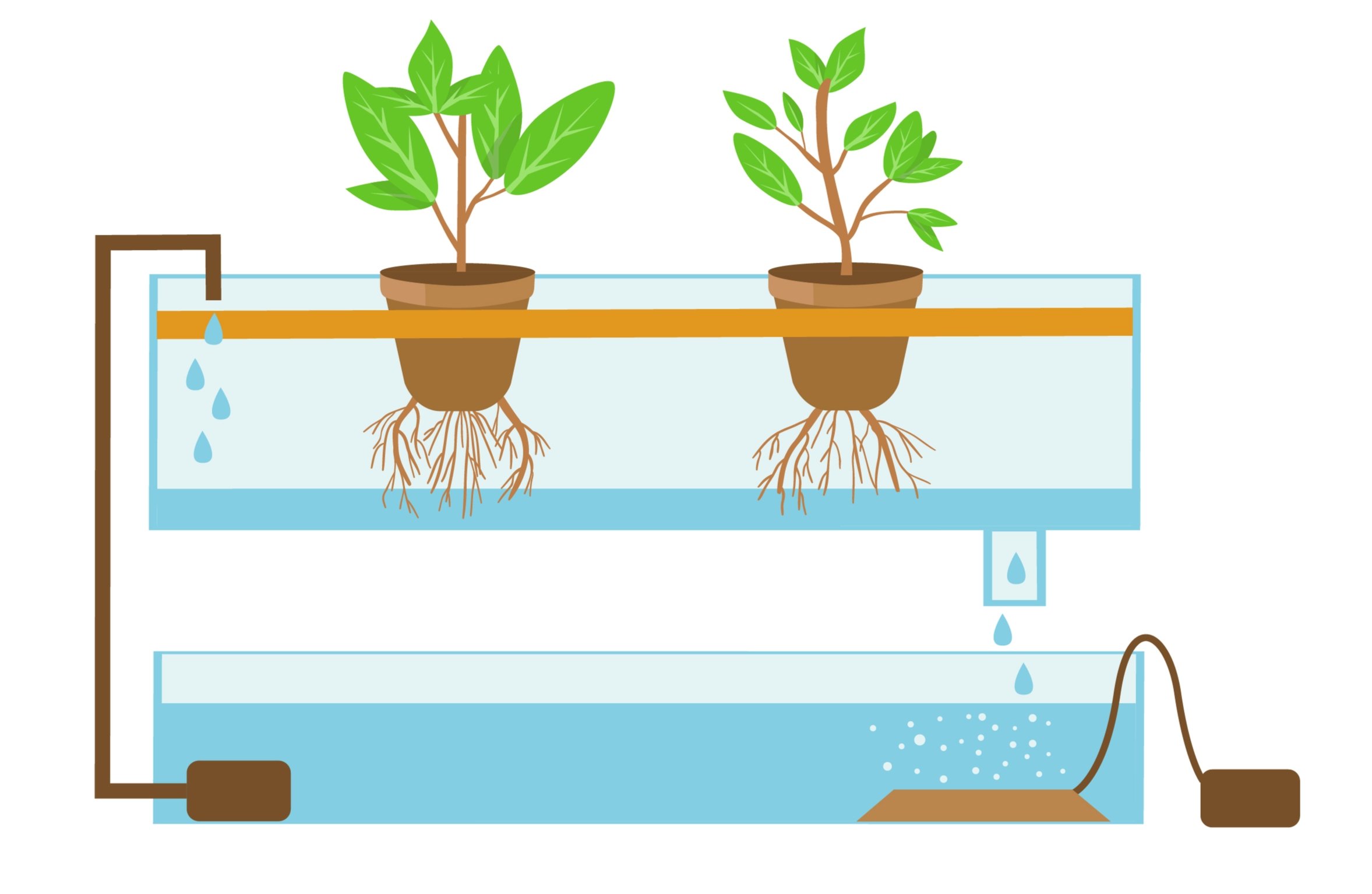
This is a circulatory system that takes the water/solution mix through a channel, above which the plants are suspended. After the mixture goes through the channel, it drops into the main reservoir where it is pumped through to the top of the channel again.
Deepwater Culture
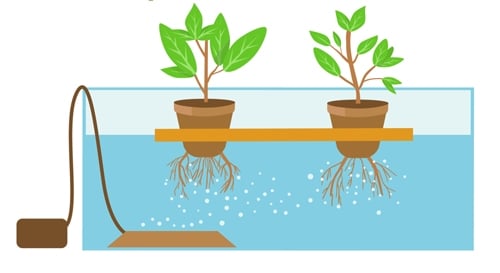
An air pump is used to oxygenate the waters. These air bubbles are necessary to prevent the plants from being “overwatered.” The plants are suspended in a reservoir that holds the water/nutrient solution. Check out some of our deepwater culture-related products here.
Aeroponics
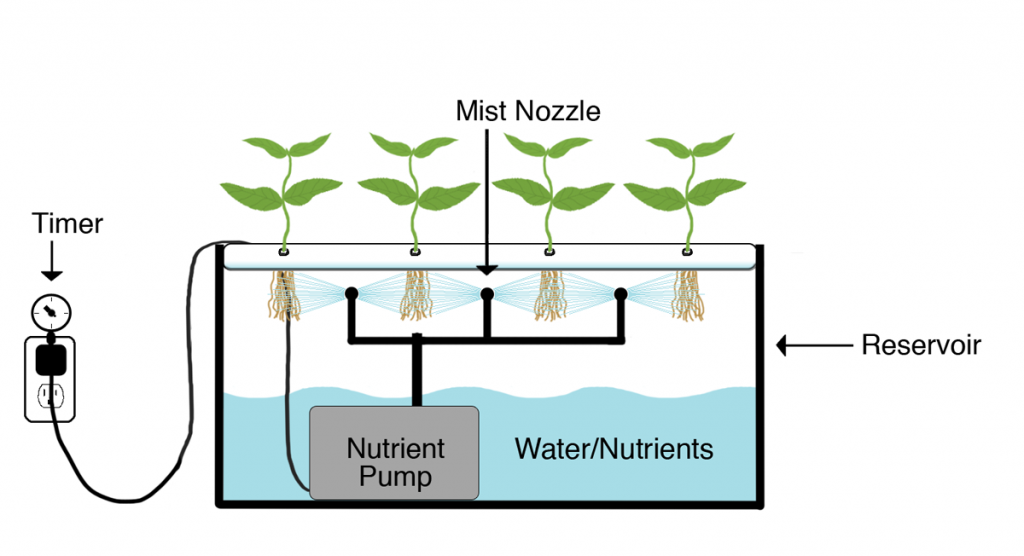
This is one of the highest-tech methods of hydroponics. The plants are suspended in the air so that their roots are not supported by any growing medium. Specialized high-pressure nozzles then “mist” the roots with a water/nutrient mixture. You can find an easy to use aeroponic system here.
Ebb and Flow
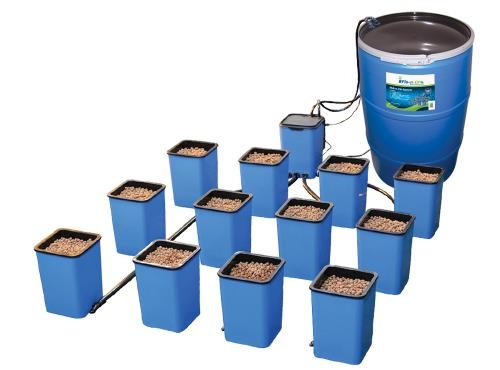
The plants are not constantly exposed to a water/nutrient solution in this method. Instead, the plants are placed in a tray where their roots are supported by an inert medium, and then the tray gets flooded with the mixture several times a day. Check out an ebb and flow system here.
Wicking
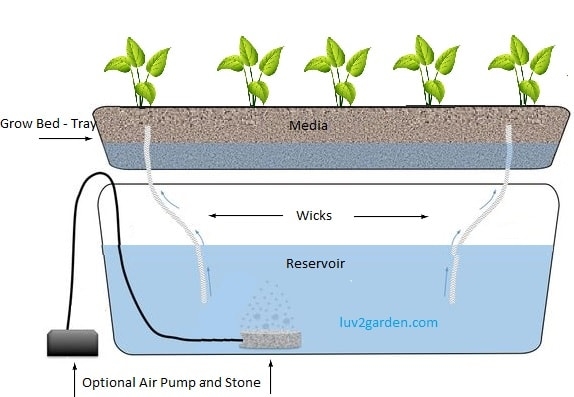
This method requires no water pumps or air pumps. It is also referred to as passive hydroponics. A material is used as a wick that is placed in the water/solution, and then connected to the root system. Try out this wicking system to get going.
Look for future posts at MonsterU that go into greater detail on how these different hydroponics systems function. If you are considering implementing a hydroponics system in your cannabis growing operation, please browse our extensive hydroponics products.
About the Author

